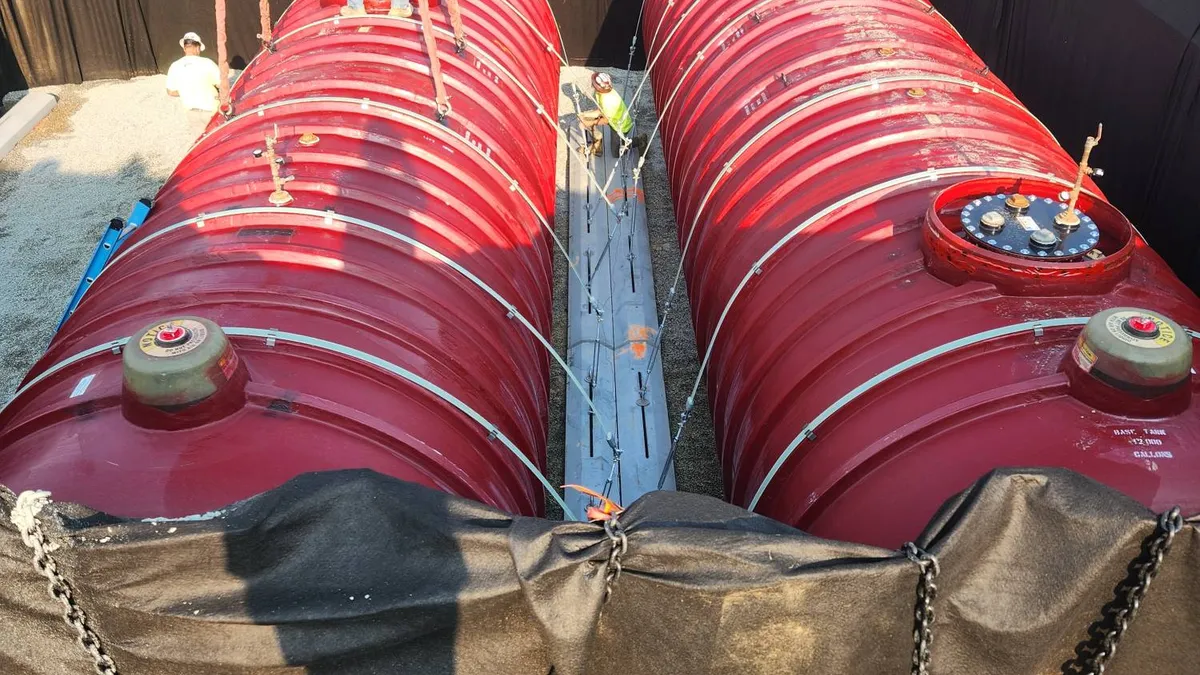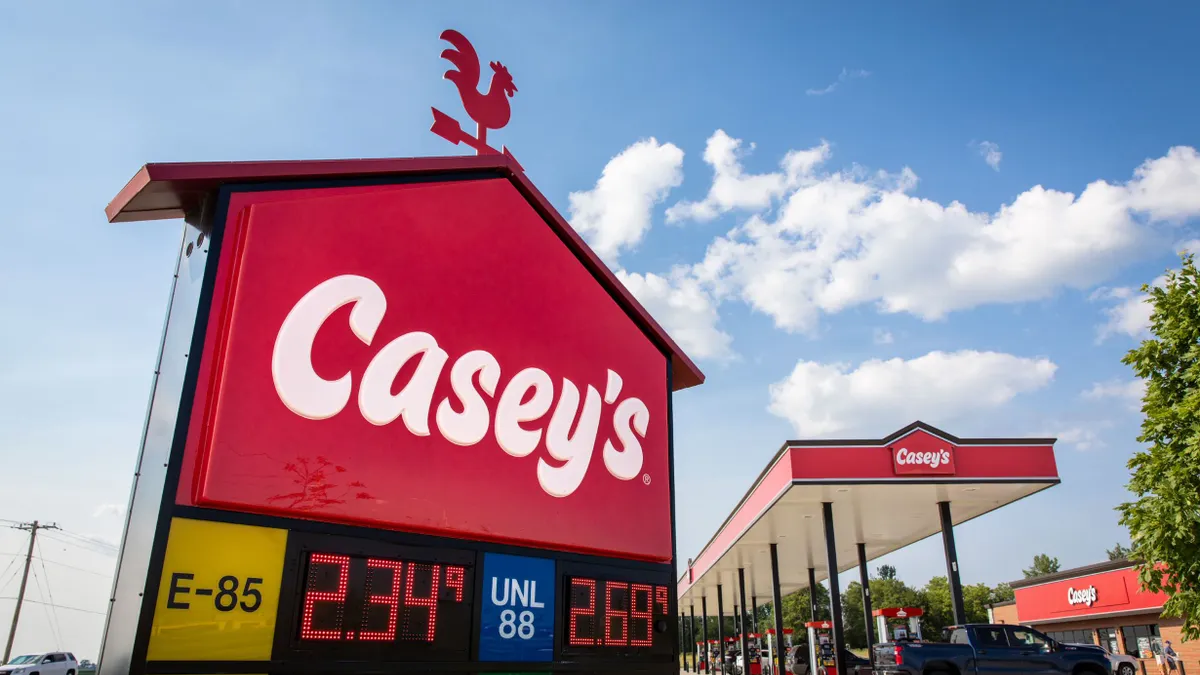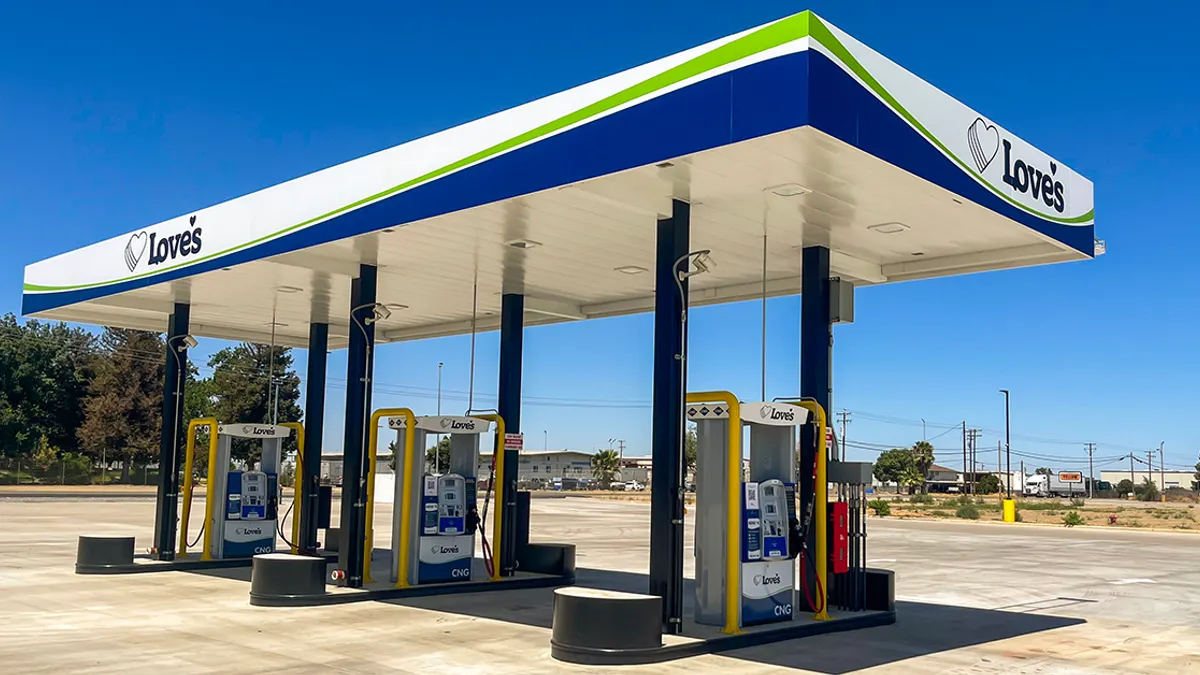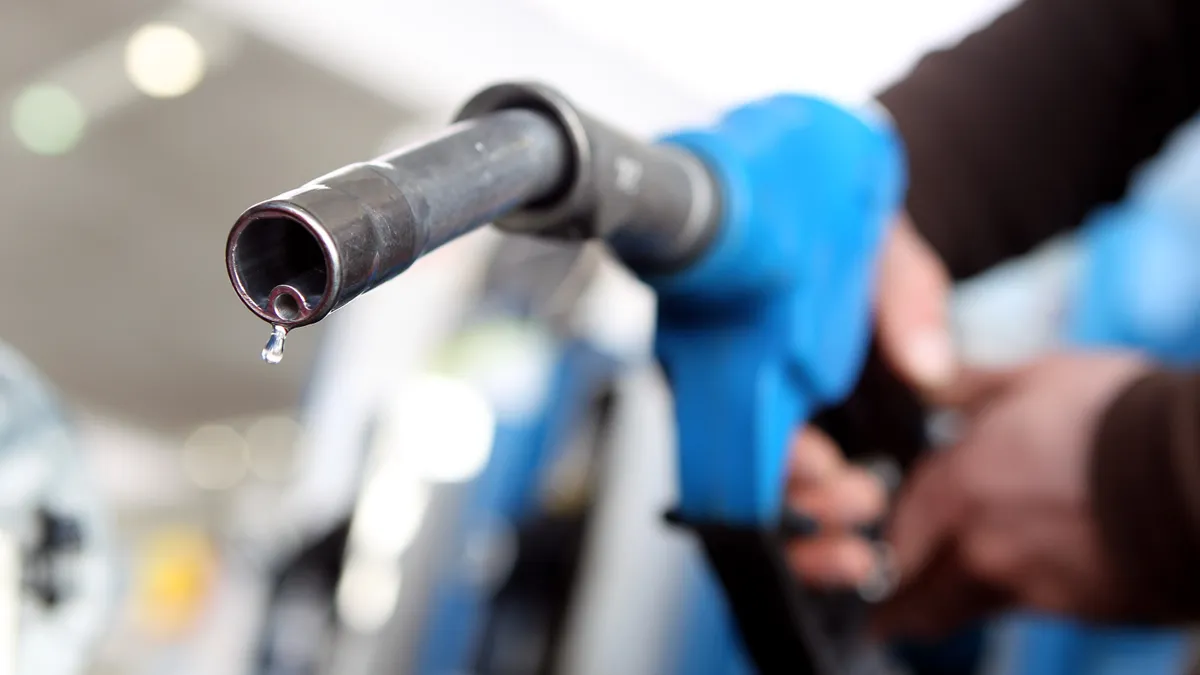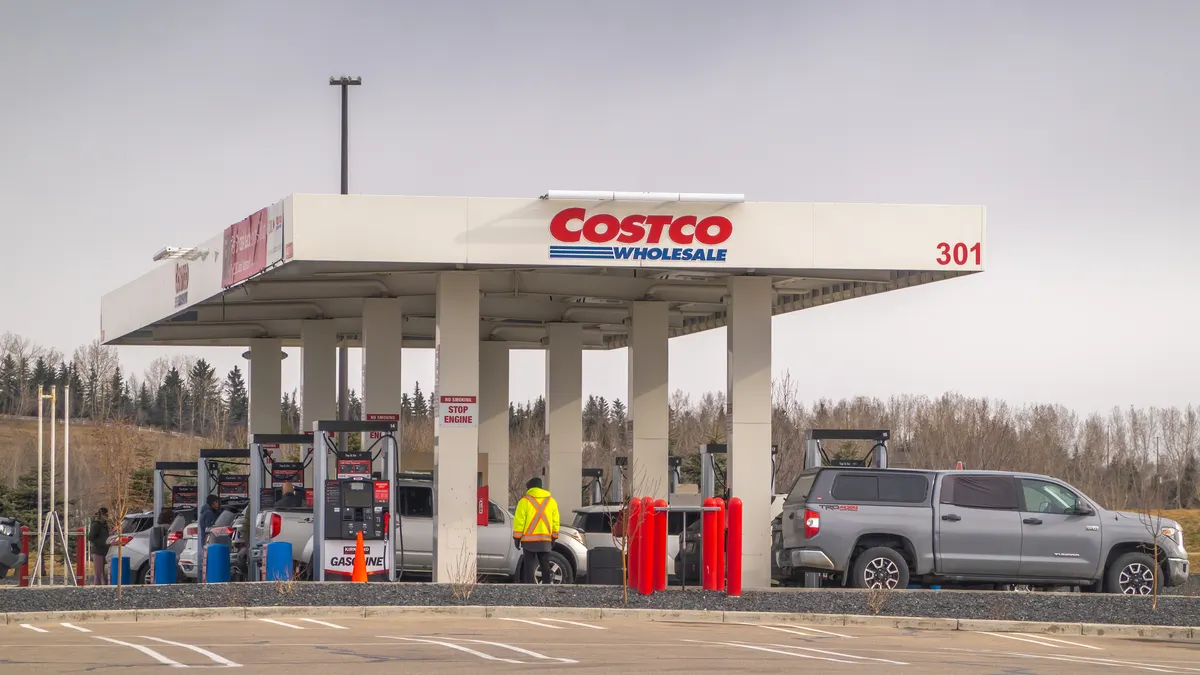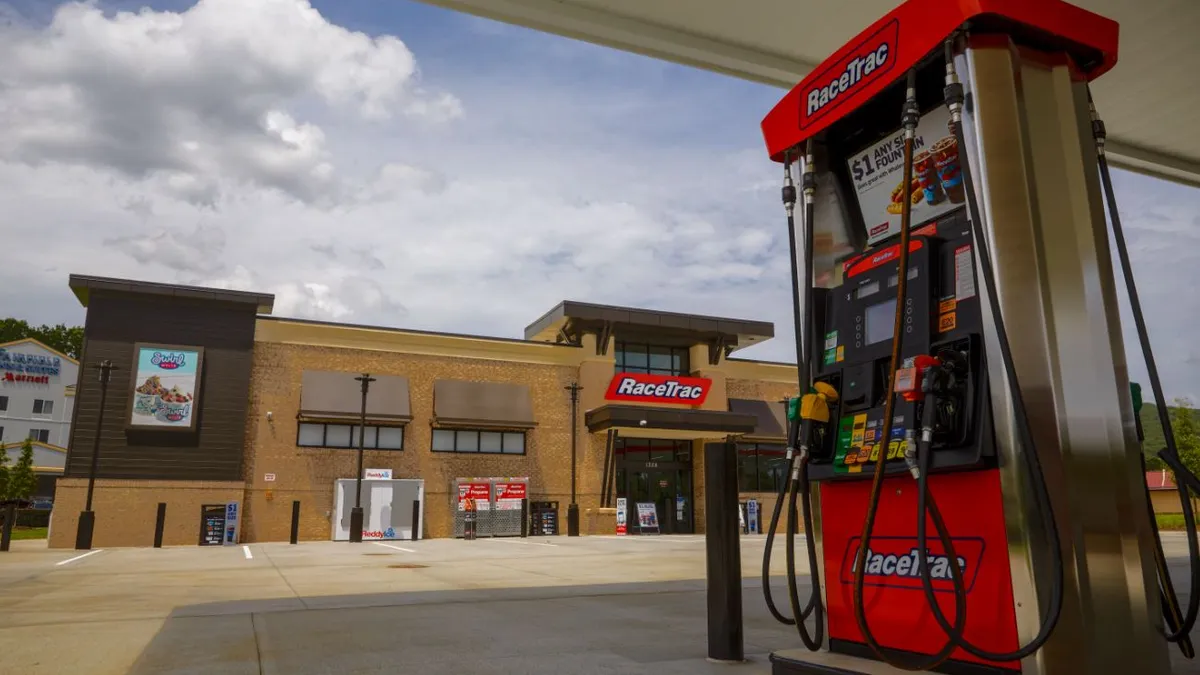The year 1988 brought a big change for gas stations. That year, the U.S. Environmental Protection Agency updated its regulations for underground storage tanks, requiring many to be replaced in a relatively short timeframe.
“The industry was given this kind of [ultimatum that] by 1998, you need to have an upgraded system or you need to have addressed your system,” said Scott Boorse, senior director of technical programs and industry affairs for the Petroleum Equipment Institute, a trade organization for companies that make, install and service petroleum and energy handling equipment.
Boorse, who has investigated petroleum contaminated sites and also spent over 20 years with Wawa’s fuels program, said the problem was that older steel tanks sometimes corroded enough to leak their contents into the environment.
“If you were to bury anything over a period of time, because of electrolysis, it will start to disintegrate,” said Bob Renkes, executive director of the Fiberglass Tank & Pipe Institute.
If a fuel tank does develop holes, it can not only cause a headache for the business owner who needs to replace the tank and clean up what spilled, but also for the properties around it, since the spilled fuel can creep into their land as well.
It’s been around 30 years since those tanks got replaced under the EPA’s rule change. Data from the EPA shows a steady decline in the number of fuel leak incidents from underground tanks, pipes and other parts in recent years, indicating the rule change and evolving technology is helping keep tanks sturdy and in service.
However, since the warranty on many tanks expires after three decades, it’s worth asking: When should fuel tanks get replaced?
How important is 30 years?
While 30 years is a common length for warranties on underground fuel tanks, that timeframe doesn’t indicate how long those tanks can safely stay in the ground.
“In the old days, tanks weren't expected to stay in the ground because we didn't have locations that continued to exist there for 30 years,” said Renkes.
Colin Donovan, president of STICO Mutual Insurance Company, which backs tank warranties and offers insurance policies for site owners, noted that the number of tanks that get warranty claims is very low, around 30 to 40 per year, and that he believes most tanks could last longer than that.
“I think they can last indefinitely, if they're properly maintained,” he said.
Steel tanks today have multiple layers of protection, including anti-corrosive coatings and a sacrificial anode, usually made of a metal like magnesium or zinc. They are also usually double-walled, which helps prevent leaks by forcing the weathering to penetrate through two layers before there’s a spill.
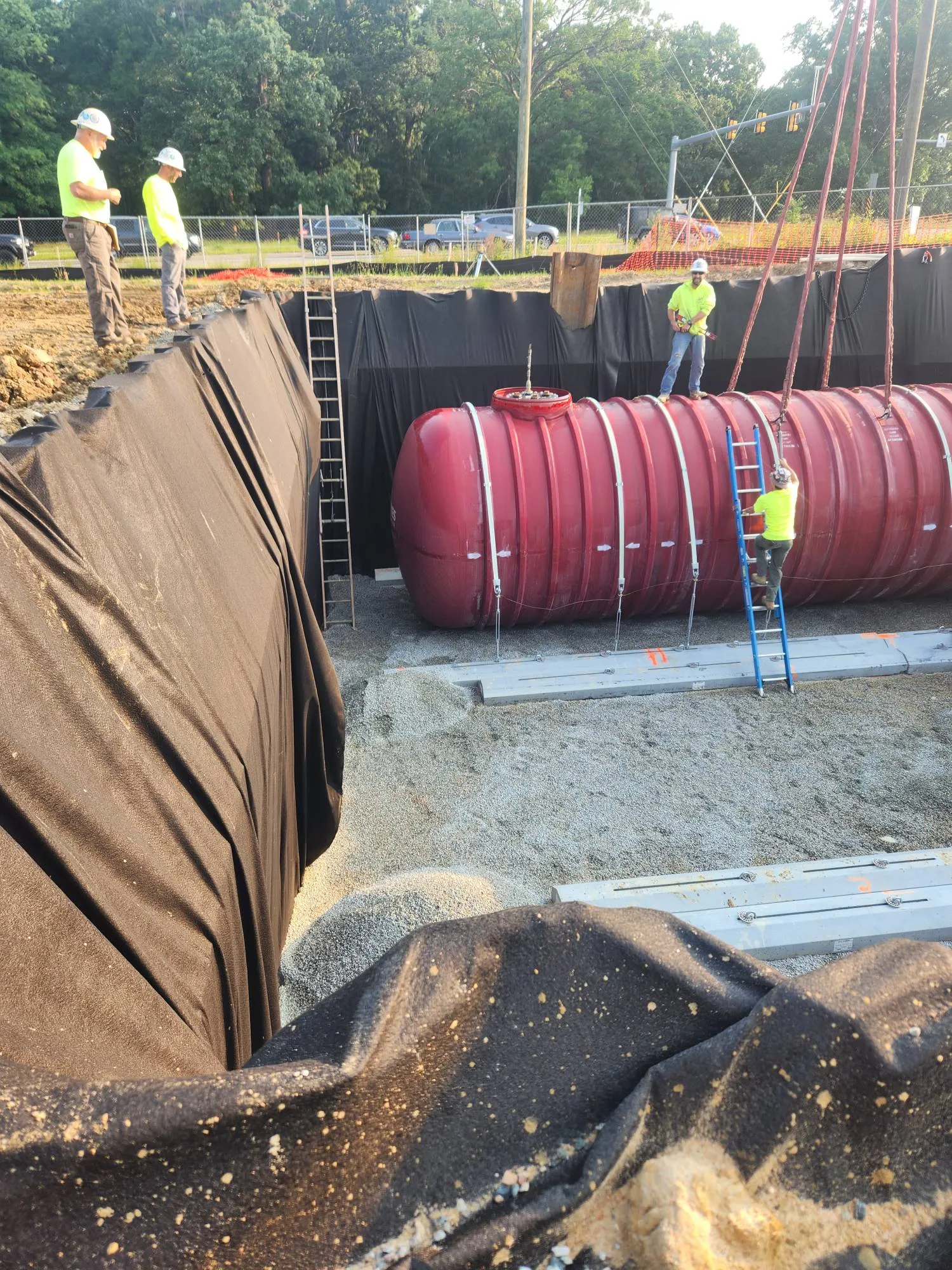
The other popular type of tank, fiberglass, doesn’t corrode in the same way steel does. Problems with these tanks are most likely to happen early in their life, usually due to incorrect installation.
“And everybody knows that now, so they're very particular on how fiberglass tanks are installed,” said Renkes.
Users also need to be careful about using a tank for contents it’s not rated to handle, which could degrade the tank. And sometimes, there may just be a problem with a tank’s construction that’s beyond the company’s control.
All this means the warranty does not typically signal the end of a tank’s useful life.
“I've removed steel tanks from the ground that are 60 years old but look brand new,” said Boorse. “I've removed 6-year-old fiberglass tanks from the ground that look like Swiss cheese for whatever reason.”
How to extend a tank’s life
While there’s no magic bullet to ensuring a tank will last a long time, there are some key steps companies can take.
At the top of the list is maintenance. Donovan and Steve Pollock, technical manager for the Steel Tank Institute, credited better maintenance by retailers and other tank owners, along with better inspections at the construction stage and improved technology, as the major factors behind the low levels of tank failures.
The number of fuel leaks from underground tanks keeps declining
A major step retailers can take is keeping water out of the tanks. While it’s difficult to keep all water out, limiting how much is inside can reduce or prevent the tank degrading. Water helps bacteria colonies grow, which is not only bad for the lifespan of the tank but can also impact the fuel itself.
“Where we see these internal corrosion claims, these tanks have gallons and gallons of water in them,” said Pollock.
Another step gas station owners can take is to clean out their tanks regularly, something that Boorse said he’s seeing more retailers doing these days.
Over time, tanks will build up debris, experts said. This includes items that fall in during deliveries, as well as any buildup that might have been in the trucks delivering fuel.
Tank-cleaning companies are a popular go-to for this service, including some that are able to insert a camera into the tanks and inspect for potential problems without having to pull the whole tank out.
“I'm not saying you’ve got to do it every month or every year, but at some frequency, there should be some inspection of that tank,” said Boorse.
Convenience retailers should also make sure that all tank monitoring technology is working correctly. This could help the business catch any leaks while they’re still small, noted Pollock.
When to replace
While a warranty may not give retailers a hard replacement deadline, there are other factors at play.
First are the evolving needs of each fuel site. If a site wants to carry more fuel, or to carry a type its tanks are not rated for, replacement is a must.
For some operators, especially smaller ones, insurance also comes into play. Renkes said that while many states offer insurance for convenience stores against things like fuel spills, some states require retailers to get their own insurance, and many turn to commercial insurance.
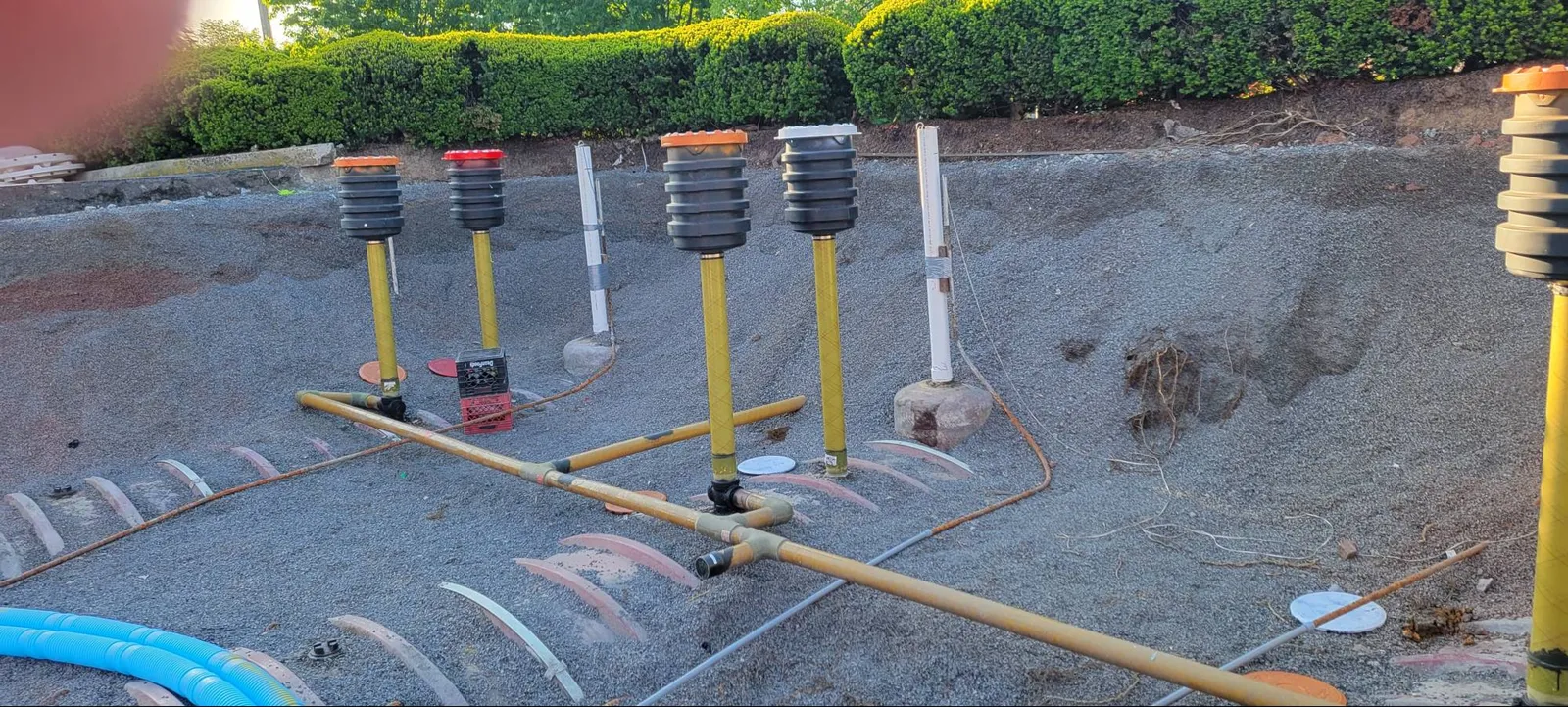
However, it may be difficult or too costly for retailers to get insurance if the tank is too old.
“Your underwriters can say, ‘We're not insuring a tank beyond its warranty,’” said Renkes.
Boorse suggested that gas station owners open a dialogue with their insurers, to make sure they know if changes may be coming once a tank outlasts its warranty.
The timing may also affect retailers’ decisions. While the lead times to get a new tank have come down from the highs during the peak of the COVID-19 pandemic, when supply chain issues pushed wait time to near a year, it can still take months to get a tank and all the permitting to replace it.
Regulation may also force a change.
“A small minority of the states have a mandatory replacement [rule],” said Renkes. For instance, in Connecticut tanks must be replaced after 40 years.
In California, Pollock noted that all single-walled tanks must be replaced by 2025.
Retailers may be able to get assistance from state and federal programs for updating tanks. Boorse pointed out that some states, like Colorado, have funds available to replace equipment before it fails.
There are also funds available through the Higher Blends Infrastructure Incentive Program, which update infrastructure — including replacing tanks — to allow for the storage and sale of fuels with a higher blend of ethanol. Not all tanks have been rated for blends like E85, which did not come into common use until the late ‘90s.
“If I've got an older facility, that may not be totally compatible with newer fuels,” said Boorse. “There is money available out there for folks.”



